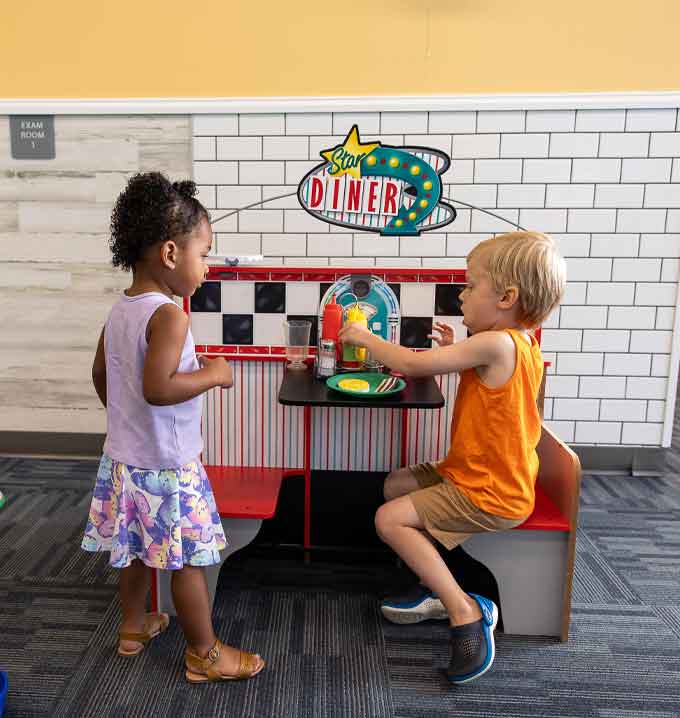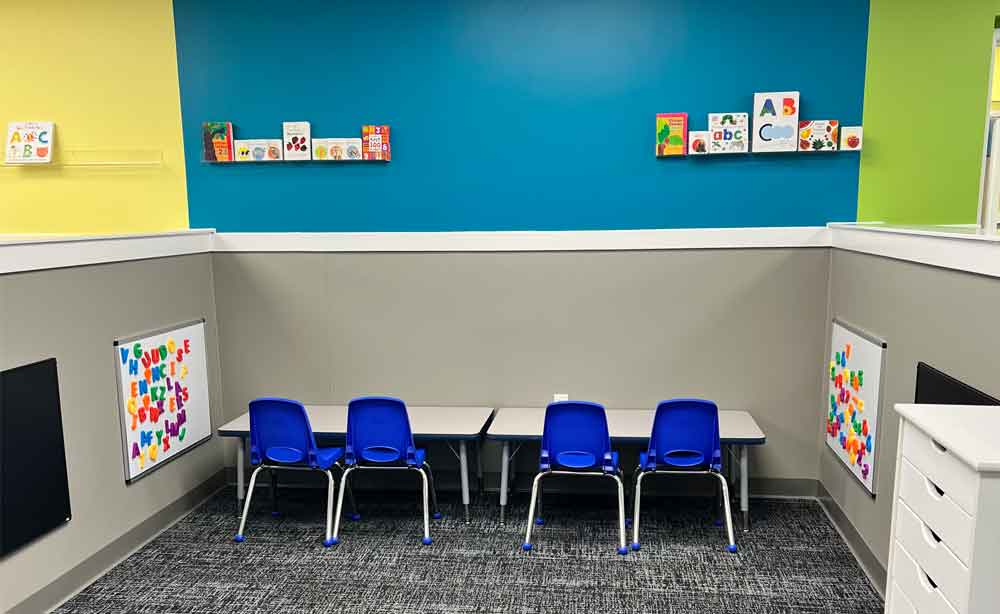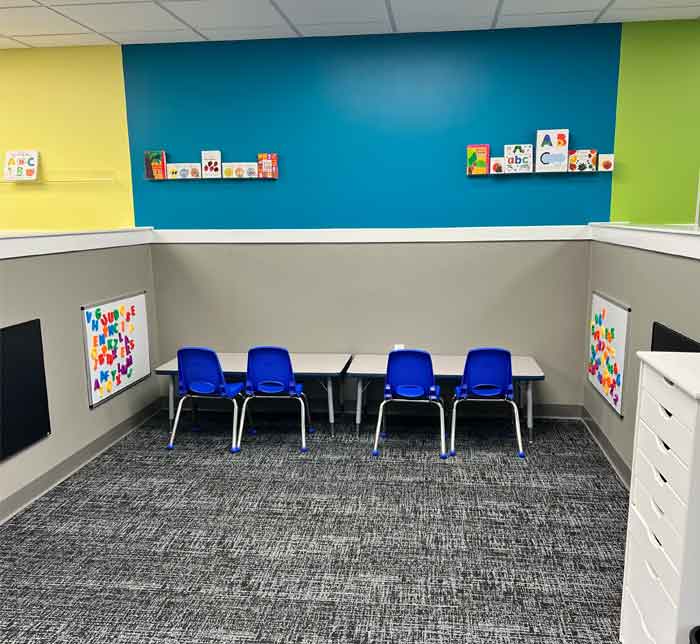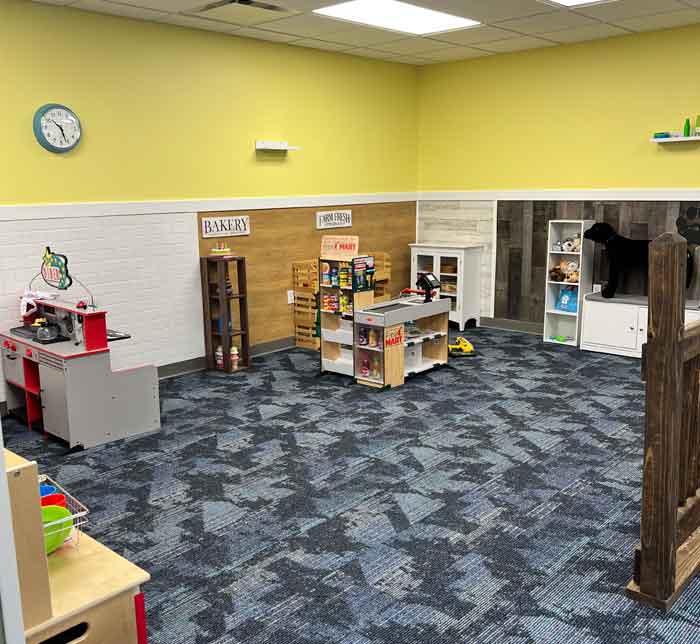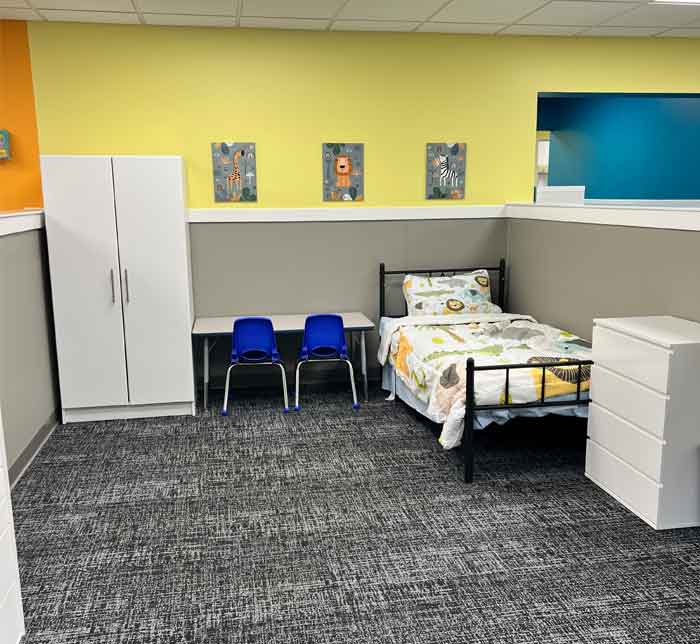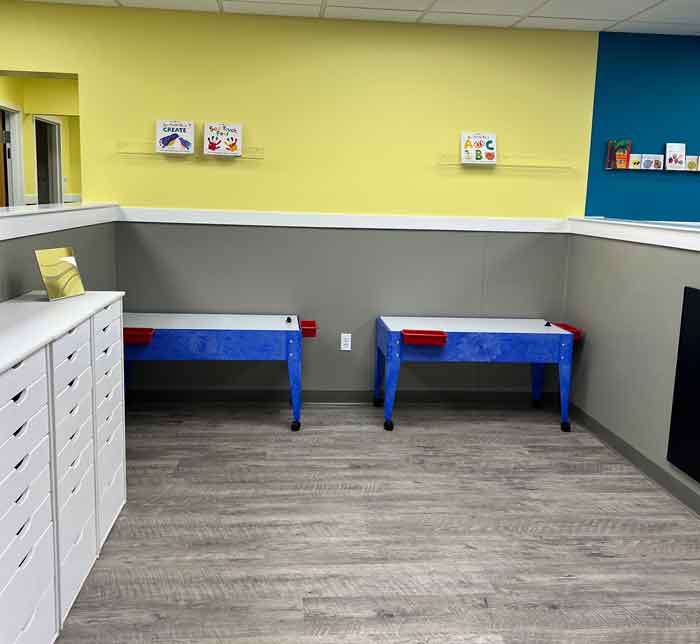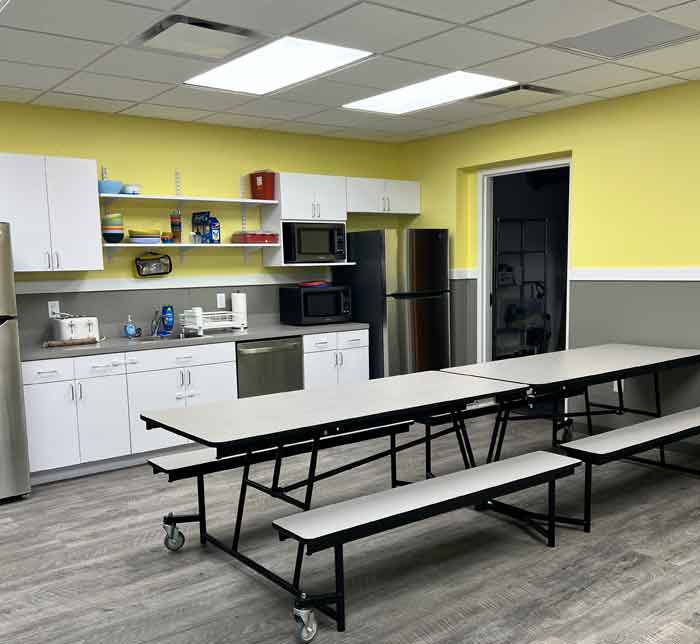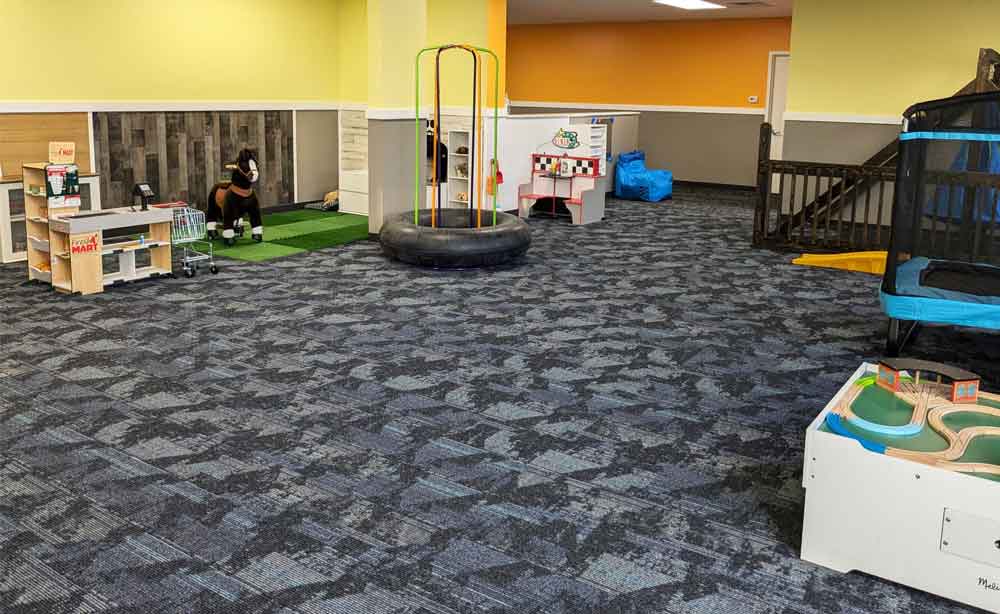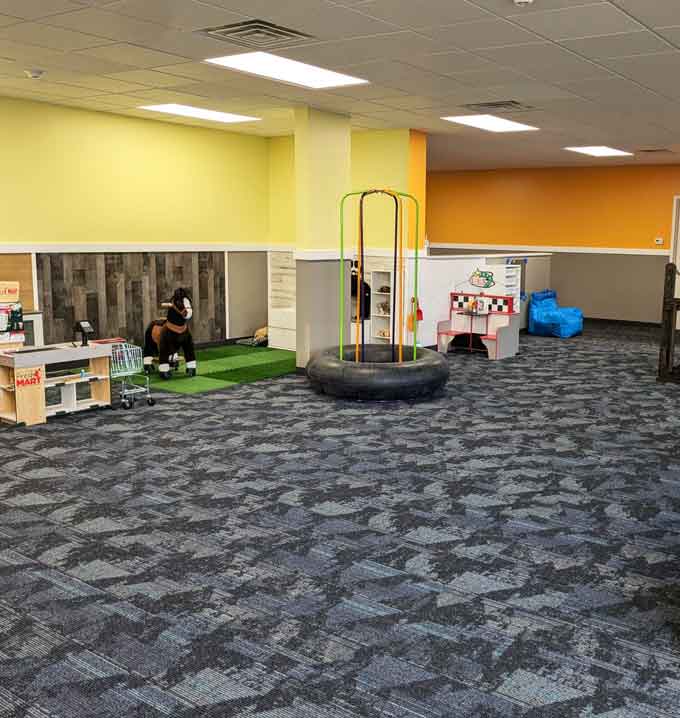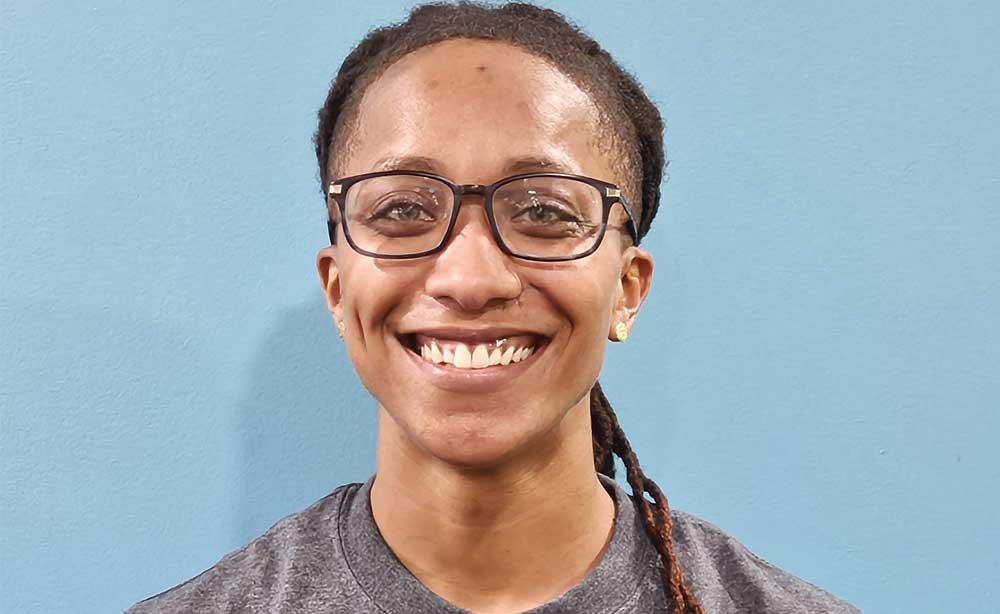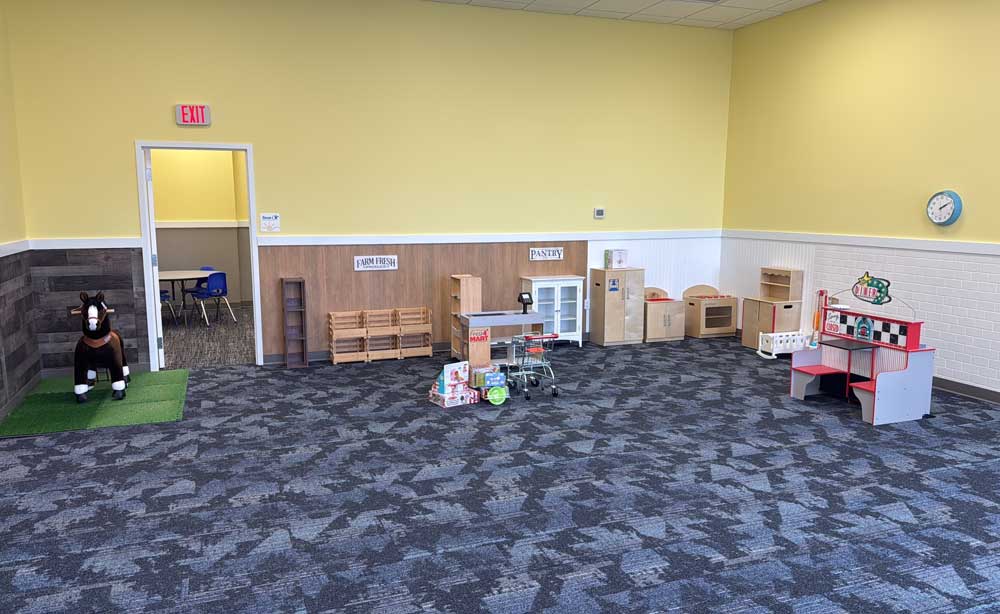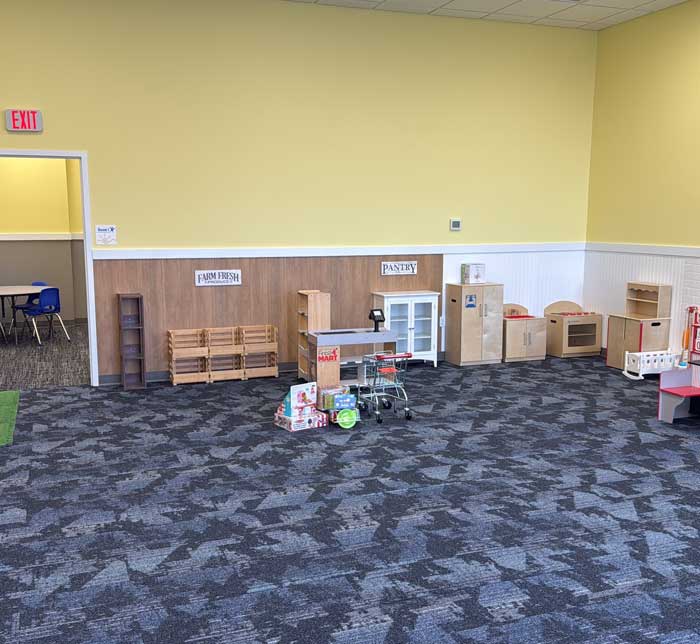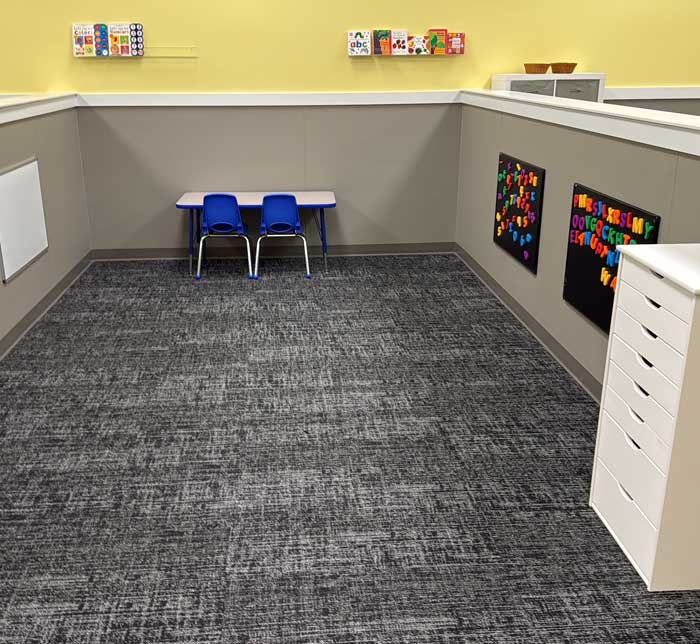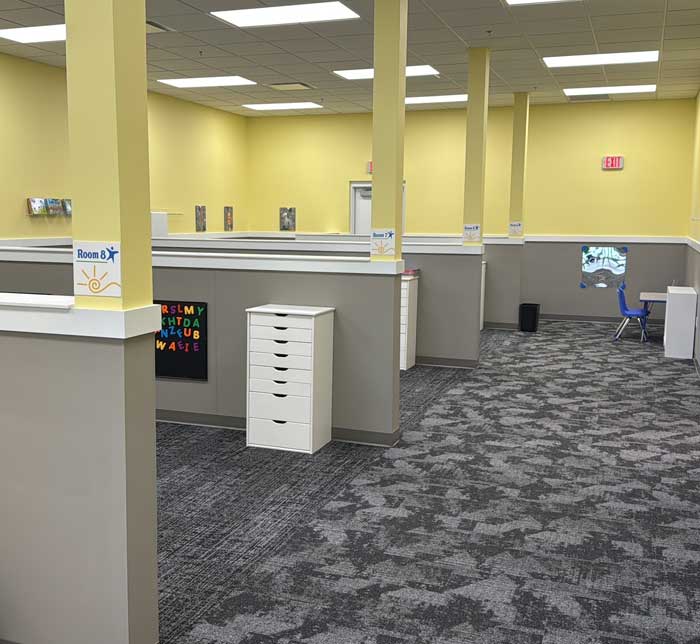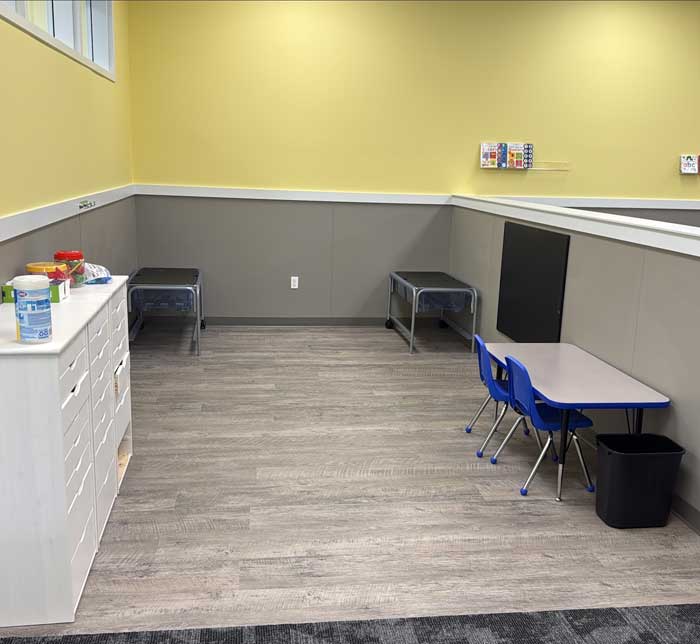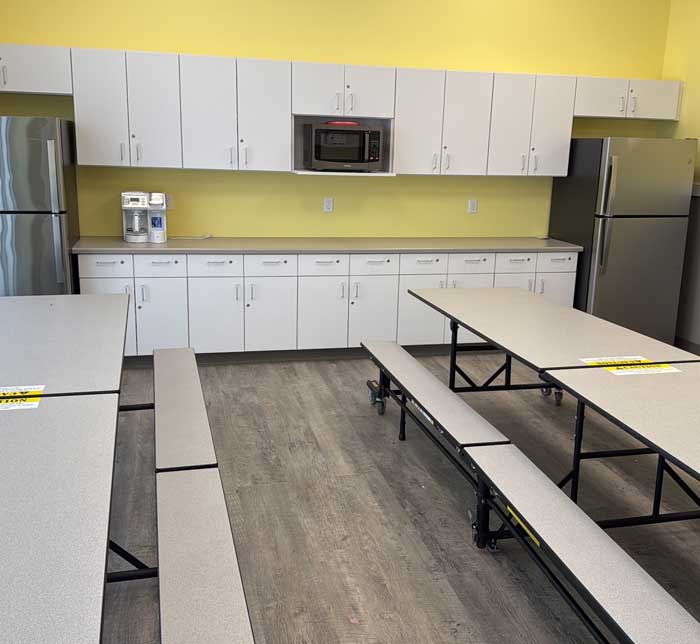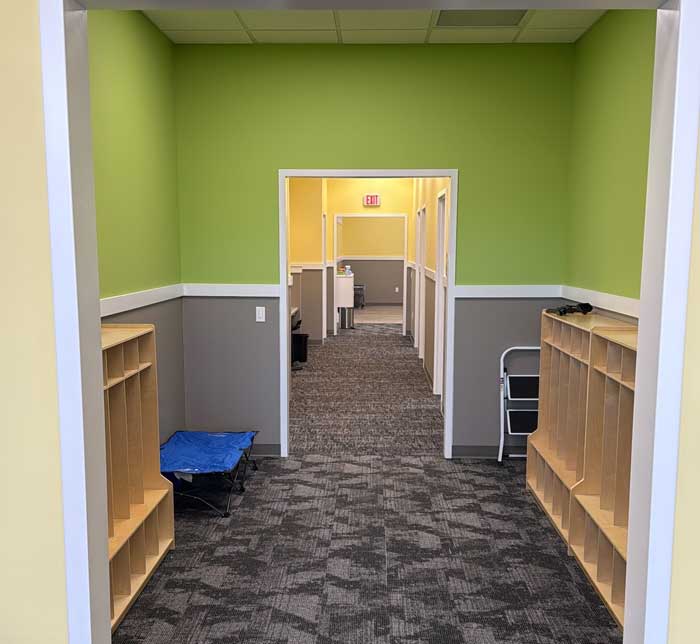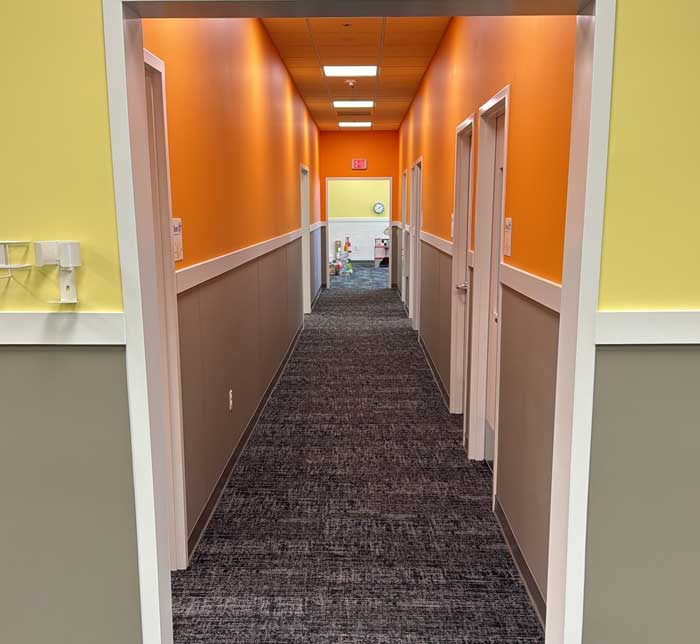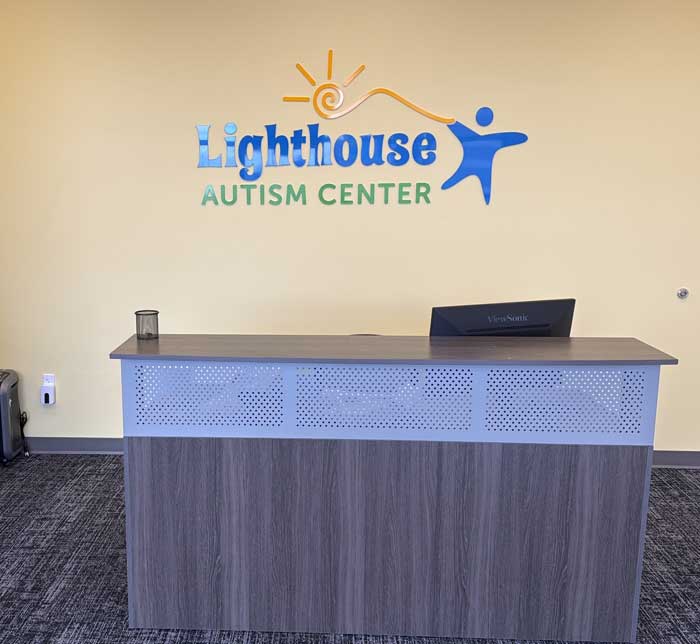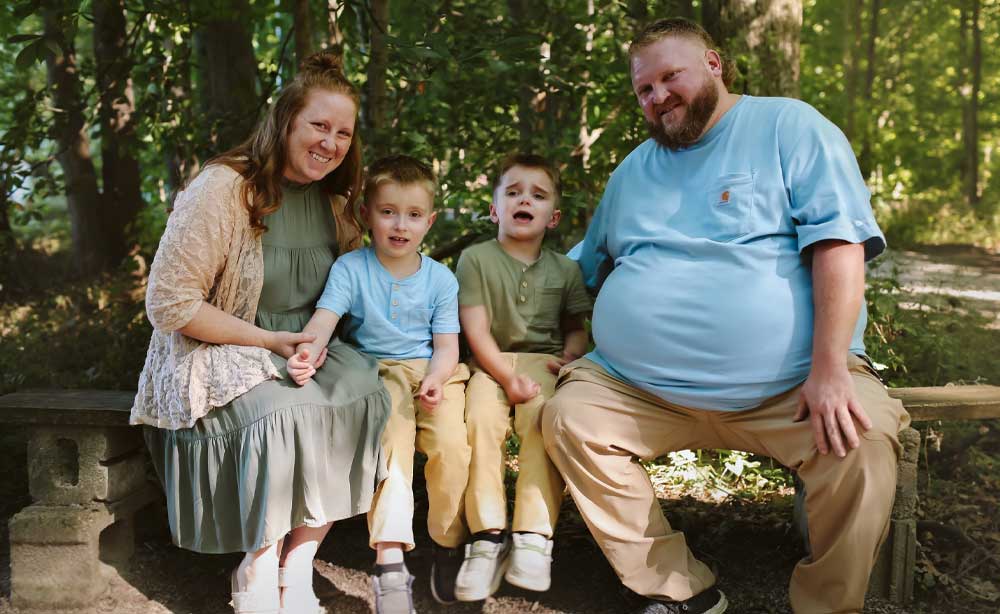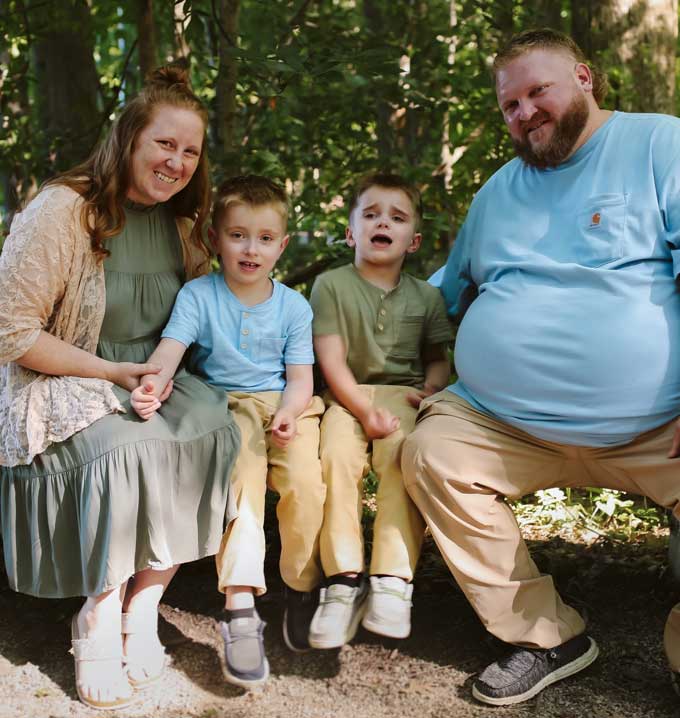Early identification of autism spectrum disorder (ASD) is vital for effective intervention. Pediatricians are in a unique position to recognize the early signs of autism and facilitate referrals for ABA therapy, which can greatly improve the development of children with autism. This post explains how pediatricians can help detect autism early and guide families to appropriate intervention programs for their children.

Recognizing Early Signs of Autism: How Pediatricians Can Help Facilitate a Referral for ABA Therapy
Early intervention plays a pivotal role in the development of children with autism spectrum disorder (ASD). Pediatricians are often the first professionals parents turn to when they have concerns about their child’s development. Recognizing the early signs of autism and making a timely referral for Applied Behavior Analysis (ABA) therapy can significantly improve outcomes for children with ASD. In this post, we’ll explore how pediatricians can play a vital role in early autism detection and facilitating ABA therapy referrals, as well as the critical role diagnostic testing plays in the process.
What is Autism Spectrum Disorder (ASD)?
Autism Spectrum Disorder is a developmental disorder that affects communication, behavior, and social interaction. It is referred to as a “spectrum” because individuals with ASD can present with a wide range of symptoms and severity. Early identification is crucial because timely intervention helps children acquire the necessary skills for social integration and independence.
Early Signs of Autism in Children
Pediatricians need to be aware of the early signs of autism, as they may vary from one child to another. Some common signs of autism spectrum disorder in children include:
- Delayed Speech Development: Children with autism may show delays in speaking or may not speak at all by the age of 2.
- Limited Social Interaction: Difficulty engaging with peers or adults, making eye contact, or responding to social cues can be indicators of autism.
- Repetitive Behaviors: Engaging in repetitive activities such as hand-flapping, rocking, or focusing intensely on a specific object or activity.
- Sensory Sensitivities: Unusual sensitivity to lights, sounds, textures, or smells.
- Challenges with Emotional Regulation: Difficulty managing emotions, leading to frequent meltdowns or intense frustration.
If a pediatrician observes any of these signs during routine checkups or receives concerns from parents, it may be time to consider referring the child for further evaluation.
The Importance of Diagnostic Testing and Early Intervention
Diagnostic Testing at Lighthouse Autism Center
At Lighthouse Autism Center, we recognize the importance of early and accurate diagnosis. We offer diagnostic testing for children ages 2-6 to help determine if they may be on the autism spectrum. Our testing process is thorough and designed to identify early signs of autism, which is essential for starting appropriate interventions as soon as possible.
The earlier autism is diagnosed, the sooner intervention can begin. Early intervention programs like ABA therapy have proven to be effective in improving communication, behavior, and social skills in children with autism. ABA therapy uses structured techniques to encourage positive behaviors while decreasing undesirable ones, helping children develop critical life skills.
By identifying the early signs of autism through diagnostic testing and facilitating early intervention, pediatricians can play a key role in improving outcomes for children with autism.
How Pediatricians Can Facilitate a Referral for ABA Therapy
When pediatricians suspect that a child may have autism, they can take several steps to help facilitate a referral for ABA therapy:
- Conduct Developmental Screenings: Pediatricians should regularly conduct developmental screenings during well-child visits to identify any delays or concerns early on. Standardized screening tools, such as the Modified Checklist for Autism in Toddlers (M-CHAT), can be used to assess risk factors for autism.
- Collaborate with Specialists: If autism is suspected, pediatricians should refer the child to a developmental pediatrician, psychologist, or other specialists, like Lighthouse Autism Center, for a comprehensive evaluation, including diagnostic testing to confirm ASD.
- Provide Information to Parents: Pediatricians should educate parents about autism, its signs, and the importance of early intervention. Providing information on ABA therapy, its benefits, and how it can help children with autism is crucial for parents to make informed decisions.
- Assist with ABA Therapy Referrals: Pediatricians can refer families to reputable ABA therapy centers like Lighthouse Autism Center, where children can receive individualized treatment. Ensuring that the referral is timely can help prevent further developmental delays and support the child’s progress.
- Follow-Up and Monitor Progress: After referring a child for ABA therapy, pediatricians should continue to monitor the child’s development and check in with both the family and therapy providers to track progress and make any necessary adjustments to treatment plans.
Pediatricians Play a Crucial Role in Early Autism Detection
Recognizing the early signs of autism and facilitating a referral for ABA therapy can have a lasting impact on a child’s development. Pediatricians play a crucial role in early detection and intervention, ensuring that children with autism receive the support they need to thrive. By being proactive in identifying potential signs of ASD, conducting diagnostic testing, and referring children to appropriate therapy services, pediatricians can help provide a better future for children with autism spectrum disorder.
At Lighthouse Autism Center, we are committed to helping children with autism reach their fullest potential through high-quality ABA therapy and diagnostic testing. If you’re a pediatrician looking for guidance on autism-related concerns, we’re here to support you and your patients every step of the way. Together, we can make a difference in the lives of children with autism and their families.




